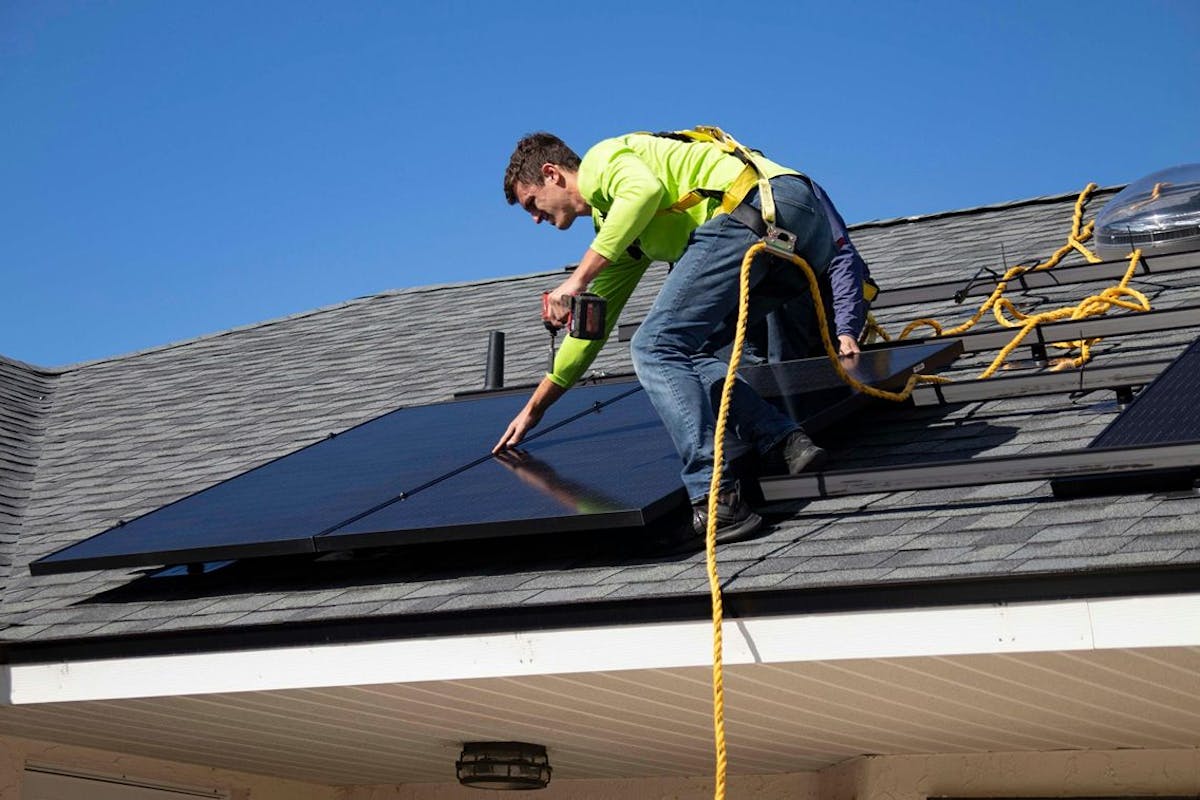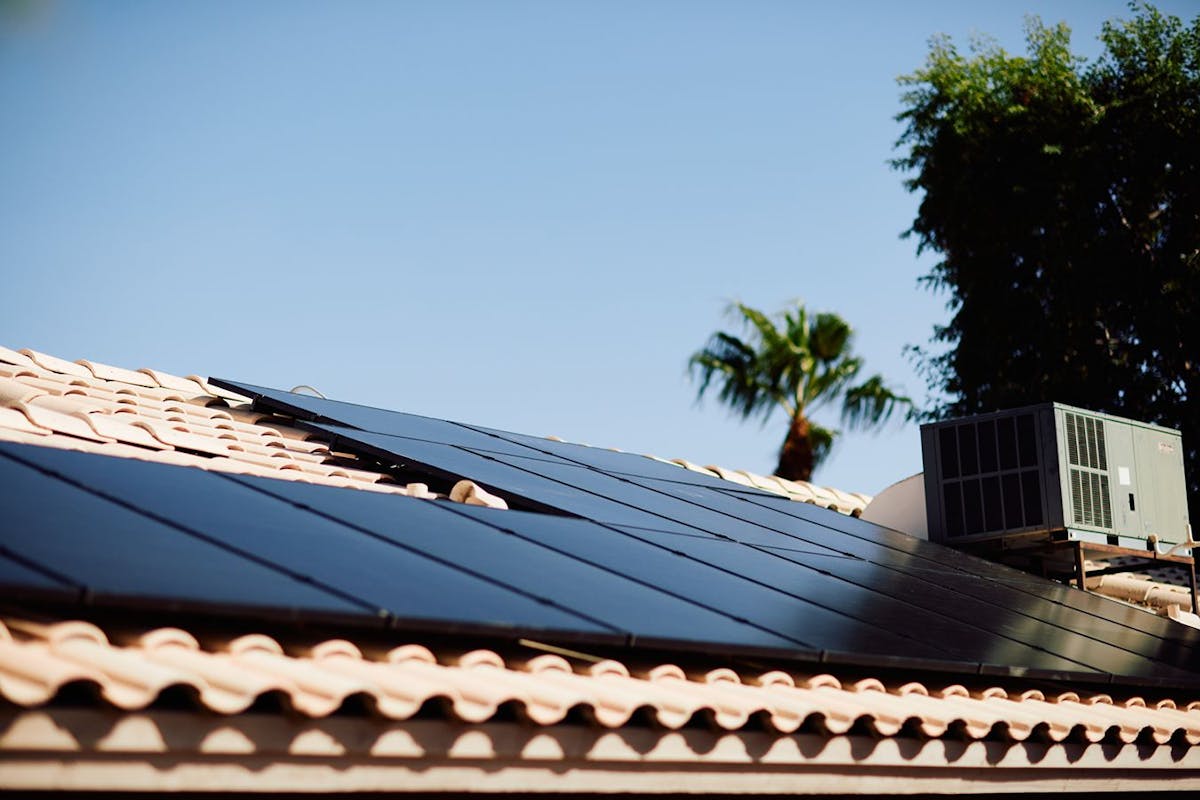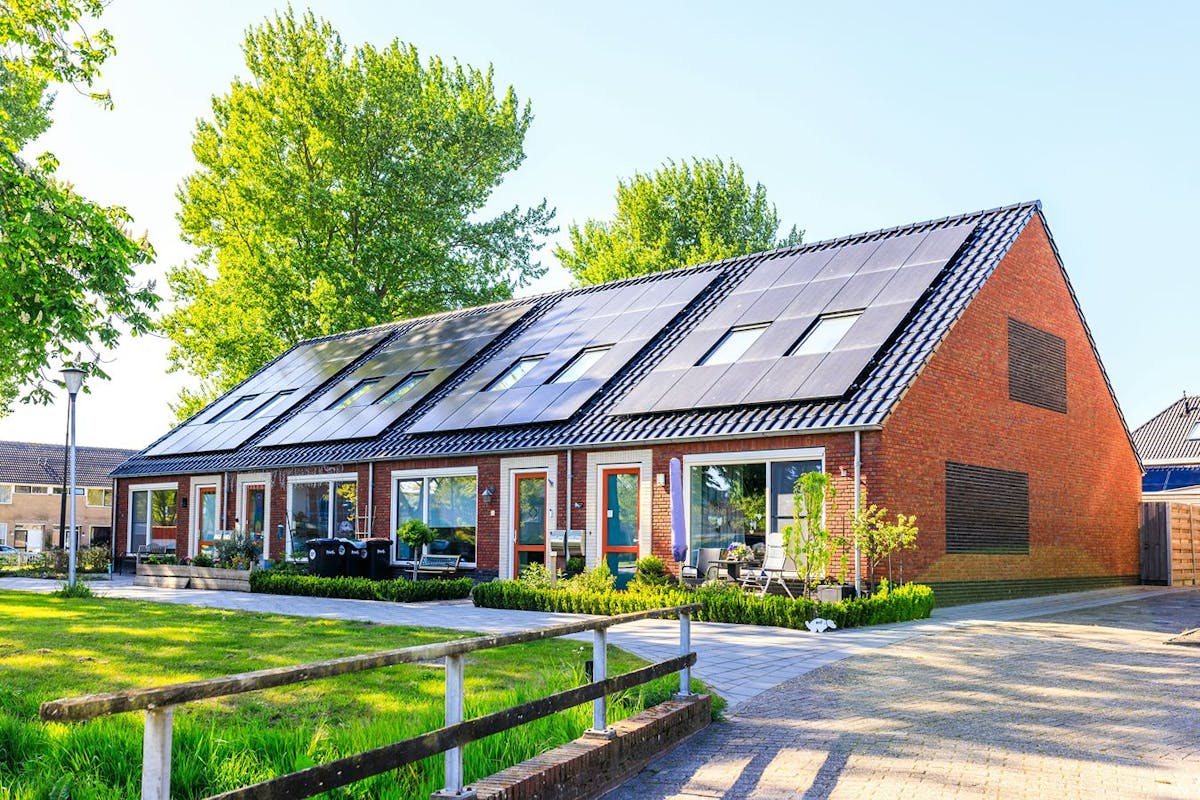Can I Add Panels to My Existing Home Solar System?
Last edited

Author
Andrew Giermak
Solar and Electrification Writer and Editor

Editor
Andrew Blok
Electrification and Solar Writer and Editor

While it’s typically not a good idea to add panels to your existing solar panel system, there are other ways to increase the amount of solar power at your home.. If you’re looking for ways to increase the solar electricity you have available to you, or just want to stretch it farther, you likely have options.
Here, we answer the frequently asked questions about adding more home solar panels to an existing home system.
See how much you can save by going solar with Palmetto
If I Install Solar Now, Can I Add More Panels Later?
If you’re interested in solar but don’t want to immediately dive into the deep end, it’s logical to think, “Hey, can I put up a few solar panels now and then add more later?”
Unfortunately, it’s not as simple as that.
In reality, building a solar energy system is generally not a piecemeal process. Instead, solar energy systems are designed to fit your energy usage, climate, property, roof, and your utility’s net metering or time-of-use rates.
Adding more capacity means you may need to rewire your existing panels or upgrade the solar inverter from the original installation – if you have the room on your roof or property to accommodate the new panels. On top of this, adding more solar panels to your solar power system will also send you back through the permitting process.
Depending on the solar company or installer, better options for adding panels and power generation capacity may be adding a second solar panel system behind the same electric meter, or if you have a second electric meter on your property, an entirely separate system. There are reasons adding solar power might be a good investment such as buying an electric vehicle.
How Much Does it Cost to Add Solar Panels to an Existing System?
The cost of adding solar panels to an existing system increases with each panel you install. While solar panels retail for a few hundred dollars each, you will also incur costs for the extra wiring, racking, permits, and other necessary upgrades.
All in all, adding a few extra solar panels could cost from $2,000-$20,000 (or more!) depending on what upgrades are required. Your project costs may also vary depending on whether your solar installation uses individual microinverters or a central inverter system.
Does Adding Solar Panels to a System Earn a Tax Credit?
Although circumstances vary, yes. In general, the costs of adding solar panels to an existing system can qualify for available incentives such as the federal solar tax credit.
According to an IRS rule, “Earlier installations of qualifying property do not affect the availability of the credit for qualifying property in later years.”
In other words, even if you already utilized the residential solar tax credit, new purchases and installations will likely qualify for the tax credit. That said, we advise consulting a tax professional to determine if your specific upgrade will qualify.
The federal tax credit for purchased solar systems expires at the end of 2025.
See how much you can save by going solar with Palmetto
Is Adding Solar Panels to an Existing System Worth it?
If you are not producing enough solar energy to meet your home’s power demand, adding solar panels may be worth it if they can lower your remaining electricity bills from the utility company and pay for themselves over time.
If you have an older system, you may want to boost your production by installing more solar panels. This is often accomplished by adding the new system alongside the existing system so that both work together.
Today, many solar customers consider solar expansions after electrifying their homes or vehicles and consuming significantly more annual power.
Can I Add Solar Battery Storage to an Existing Solar System?
In most instances, yes. You can add a solar battery to an existing solar panel system. Adding a solar battery is generally less involved than adding panels to an existing array. However, an inverter upgrade may still be necessary, and you may need additional permits and other approvals. Adding a solar battery allows you to store and use more of your solar energy at home rather than exporting all excess production to the energy grid.

Will I Lose Net Metering if I Expand My Solar Panel System?
Where net metering plans have changed, you may lose your net metering plan or be changed to a different plan by adding solar panels to your existing system, depending where you live. Net metering plans generally have an expansion threshold a user must remain below to stay in the current plan. For instance, adding more than 10% of panel capacity to a system, could result in a forced plan change to lower rates or in being ineligible for net metering.
In California, for instance, if a customer on NEM 2.0 adds solar panels which add more than 1 kW or over the 10% capacity threshold, they are subject to being moved to NEM 3.0.
In Illinois, you can expand your solar panel capacity and remain on your current net metering plan as long as you don’t expand your system by more than 100% or your changes don’t need a new interconnection agreement. It’s important to check with your utility company, state, or a reputable solar company for information and policies specific to your area.
Can I Add Solar Panels to an Existing System Myself?
While a few solar owners might have enough technical and electrical know-how to add solar panels to their existing system, you shouldn’t tackle this on your own, for safety and legal reasons.
Working with electricity up on a roof can be dangerous. Unauthorized work could void warranties, insurance, contracts, permits, and other agreements with a company, utility, or government. An inexpert installation could leave you with an inefficient or malfunctioning system.
Another option is maximizing your existing solar savings by making your home more energy efficient. You may be able to offset more energy usage with appliance upgrades, improved insulation, or moves toward home electrification.
Palmetto can help you design a home solar system and you can use Palmetto’s Savings Maximizer to identify home energy solutions that can save you money and energy.
See what solar can do for you:
Frequently Asked Questions
Can you add solar panels to an existing system?
You can add panels to an existing system. However, whether adding panels is practical or will make financial sense are different questions and not always a “yes.”
Can I add solar panels to my system on my own?
It’s highly inadvisable to add solar panels to an existing system on your own. You could run into safety hazards, especially while working with electricity. Tackling the job on your own can void warranties, contracts, and insurance policies pertaining to your solar system.
How much does it cost to expand a solar panel system?
The cost of expanding a solar panel system depends on how many panels you’re adding to it. The best way to understand your project’s cost is to reach out to a reputable solar company for a quote.
Disclaimer: This content is for educational purposes only. Palmetto does not provide tax, legal, or accounting advice. Please consult your own tax, legal, and accounting advisors.


